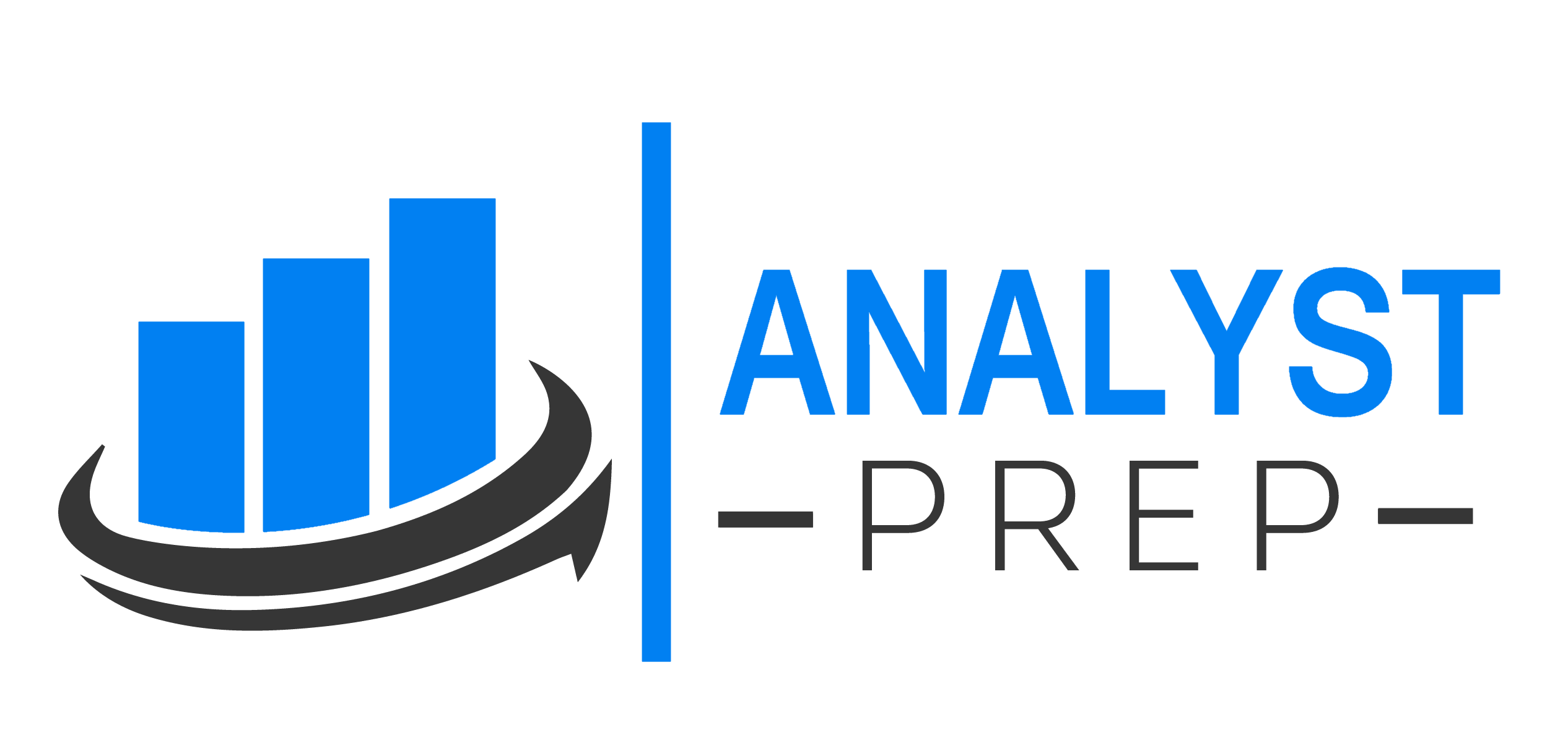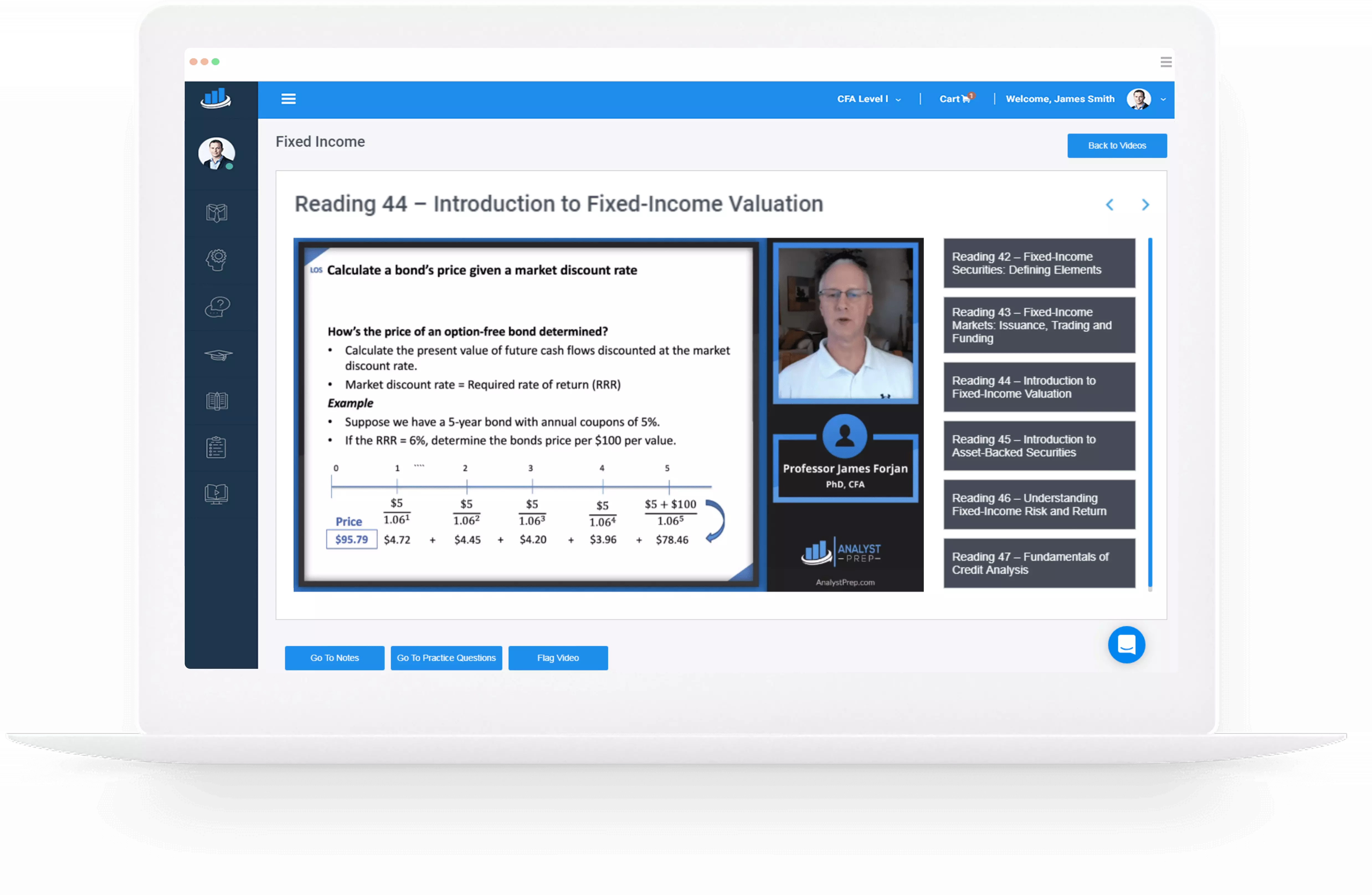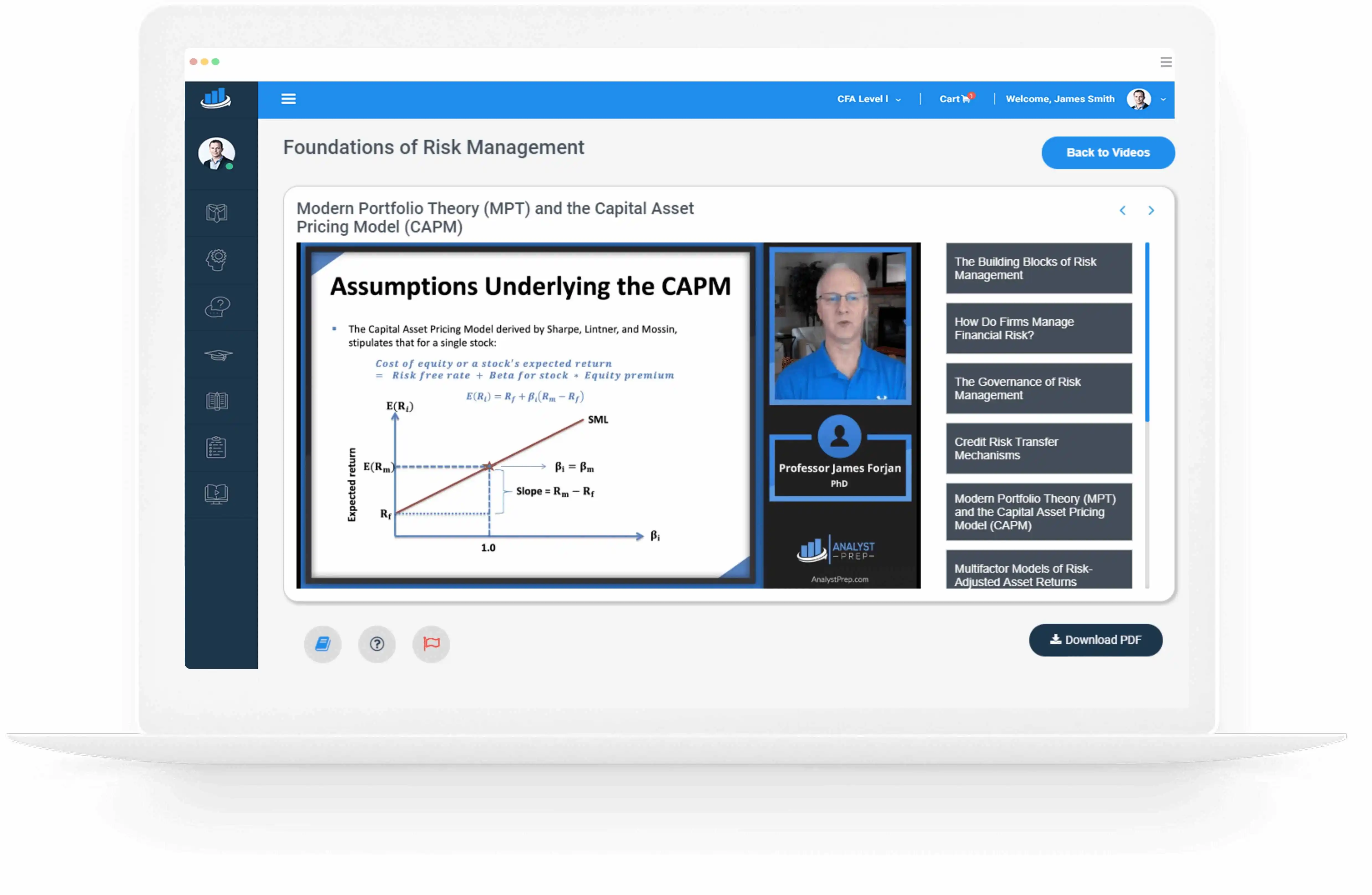Portfolio Expected Return and Variance of Return
A portfolio is a collection of investments a company, mutual fund, or individual investor holds. It consists of assets such as stocks, bonds, or cash equivalents. Financial professionals usually manage a portfolio. Portfolio Expected Return To calculate the portfolio’s expected…
Cash Flow Additivity
A timeline is a physical illustration of the amounts and timing of cashflows associated with an investment project. For cashflows that are regular and of equal amounts, the standard annuity formula or the financial calculator can be used. However, a…
Implied Return and Growth
Implied Return for Fixed-Income Instruments The growth rate is the rate at which the market expects an asset to grow. On the other hand, implied return reflects a return based on the current price and future security cash flows. Consider…
Introduction to the Time Value of Money in Finance
The time value of money (TVM) is a fundamental financial concept. It emphasizes that a sum of money is worth more in the present than in the future. There are three key reasons supporting this principle: The concept of opportunity…
Publicly and Private Owned Corporate Issuers
A corporation can either be regarded as private (unlisted) or public (listed). The following factors determine this classification: Issuance of shares. Exchange listing and share transfer. Registration and disclosure requirements. Issuance of Shares. Public Companies may issue additional shares in…
Features of Corporate Issuers
In this section, we shall delve more into corporations. Corporate issuers are corporations that raise their capital in financial markets. Understanding corporate issuers is essential for financial analysts because they can raise more capital from investors than governments worldwide. Key…
Compare the organizational forms of business
Generally, there are three major organizations in market economies, each with specific reasons, stakeholders, and a governing legal framework. The three are: For-profit organizations (businesses or companies). Not-for-profit, non-governmental organizations (non-profits). Governments. Under for-profits or simply businesses, there are three…
Covariance and Correlation
Covariance Covariance is a measure of how two variables move together. The sample covariance of X and Y is calculated as follows: $${s}_{XY}=\frac{\sum_{i=1}^{N}\left(X_i-\bar{X}\right)\left(Y_i-\bar{Y}\right)}{n-1}$$ The formula above implies that the sample covariance is the mean of the product of the deviations in the two random variables and…
Measures of the Shape of a Distribution
Since the deviations from the mean are squared when calculating variance, we cannot determine whether significant deviations are more likely to be positive or negative. In order to identify other crucial distributional traits, we must look beyond measures of central…
Measures of Dispersion
Measures of dispersion are used to describe the variability or spread in a sample or population. They are usually used in conjunction with measures of central tendency, such as the mean and the median. Specifically, measures of dispersion are the…




